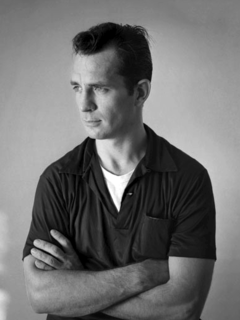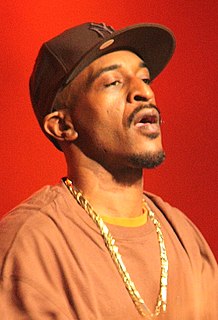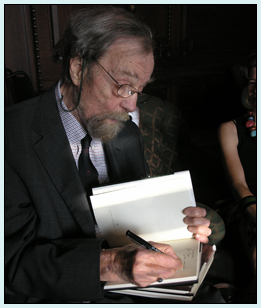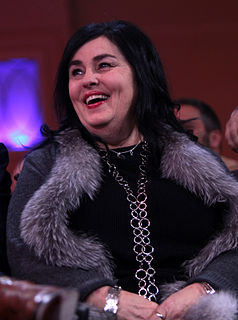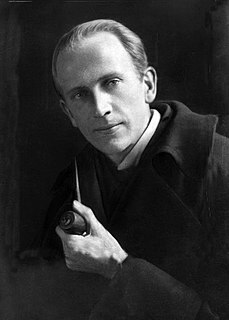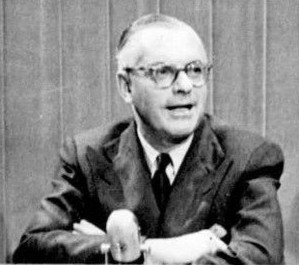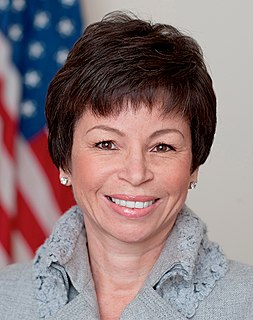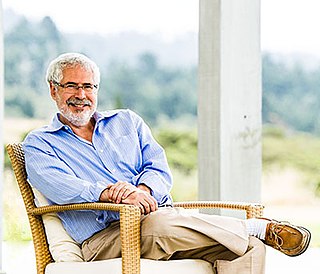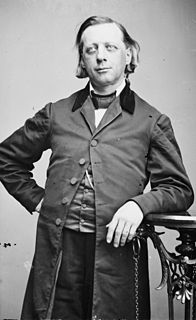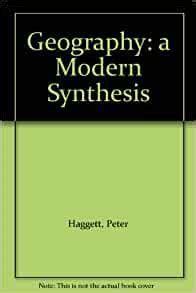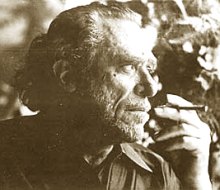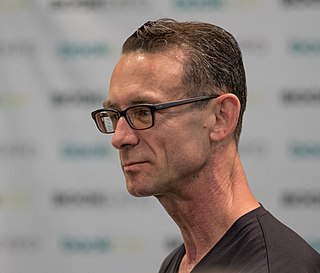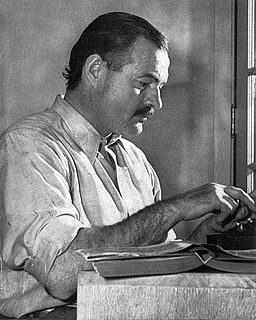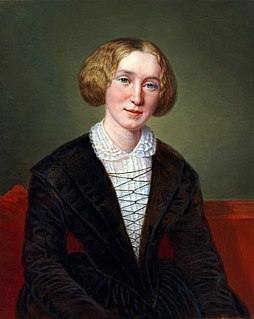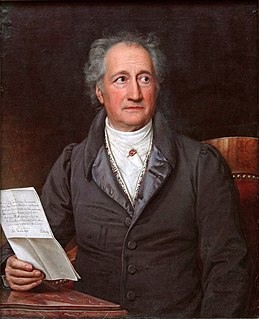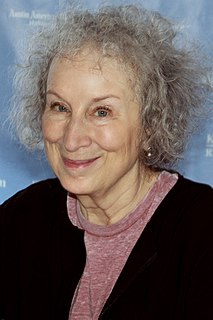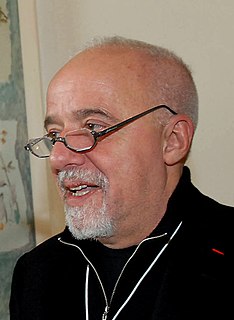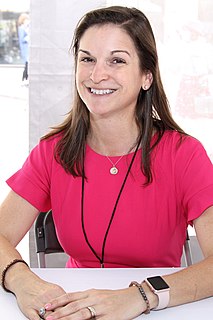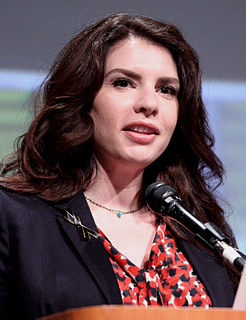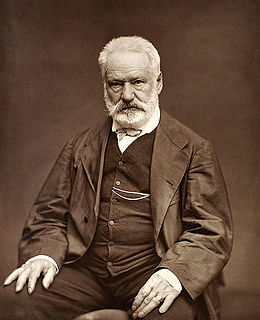A Quote by Jack Kerouac
...but I preferred reading the American landscape as we went along. Every bump, rise, and stretch in it mystified my longing.
Related Quotes
Often while reading a book one feels that the author wouold heave preferred to paint rather than to wirte; one can sense the pleasure he derives from describing a landscape or a person, as if he were painting what he is saying, because deep in his heart he would have preferred to use brushes and colors.
Reading is a pleasure of the mind, which means that it is a little like a sport: your eagerness and knowledge and quickness count for something. The fun of reading is not that something is told to you, but that you stretch your mind. Your own imagination works along with the authors, or even goes beyond his, yields the same or different conclusions, and your ideas develop as you understand his.
I've tried to get better about weighing what I think the accessibility of an idea is against the cost of executing it. I've tried to be smarter about that, because if you're not smart about that, you're going to be unemployed. But I'm still mystified about what works for people. And I'm not talking about my movies, I'm talking in general. I'm mystified by the stuff that doesn't work. I'm mystified by what's going on in the critical side, too.
Longing is the fullest sense of desire; it's the most deeply felt kind of desire. I think the most interesting artwork comes out of some sense of longing. It could be called dissatisfaction; it could be called distance. There are many kinds of wanting to get closer to something else, whether that is an idea, a body, a place. Longing is also one of the conditions people approach reading, visual art, or music with - it's to satisfy that sense of longing. It's part of my job, on some level, to grapple with that notion.
The Place of Religion in Chicago is a clearly written account of a little-studied aspect of American landscape. Based on unique field surveys and supported by photographs, tables, and beautifully crafted maps, the book will form a lasting contribution to our understanding of an overlooked element of the American urban scene: the religious landscape of a major metropolis.
